
If your first few trips to the nursery can be overwhelming and chaotic, check out our plant recommendations for spring color in your region. There’s no doubt that these spring flowers will cure the winter blues.
1. ‘Thai Silk Apricot Chiffon’ California poppy
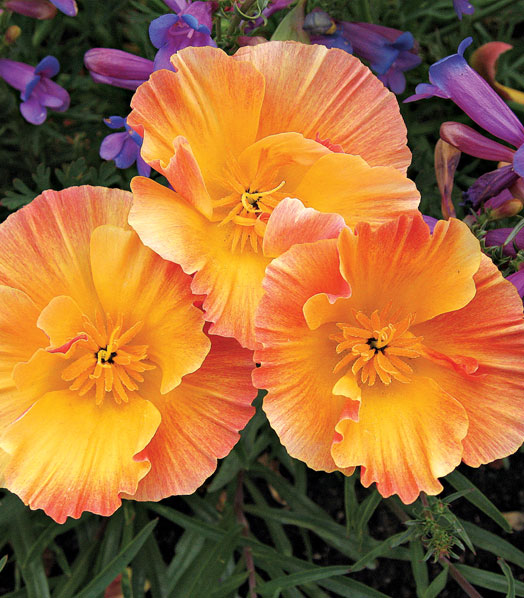
Eschscholzia californica ‘Thai Silk Apricot Chiffon’
Zones: 9–10
Size: 12 to 14 inches tall and wide
Conditions: Full sun; well-drained soil
Native range: California
This plant’s compact, blue-green mound of ferny foliage fl aunts a colorful profusion of fl uttering papery blooms in spring. The double and semi-double rose-blushed flowers are peachy-apricot in color and measure up to 2½ inches across. Breathtaking massed or delightful when dotted throughout a sunny flower bed, this elegant gem can also work well in a container as long as it is kept dry. Although truly perennial in a small range, it reliably self-sows each year. The spectacular six-to-eight-week bloom period can be prolonged by cutting the whole plant back to 3 to 4 inches tall for a second bloom flush.
2.‘Blue Springs’ foothills penstemon

Penstemon heterophyllus ‘Blue Springs’
Zones: 6–10
Size: 1 to 2 feet tall and 2 to 3 feet wide
Conditions: Full sun; well-drained soil
Native range: California
Attractive, narrow, glossy, blue-green leaves densely clothe the sturdy stems of this long-lived evergreen perennial, but the real show starts in late spring. Multiple flower spikes—which are generously filled to the top with tubular, pink-blushed, iridescent sky-blue blooms—show up from spring through summer. ‘Blue Springs’ foothills penstemon is a drought-tolerant, pest-proof perennial that is not only delightful in any sunny border or container but also attracts a wide range of pollinators and hummingbirds. Cut spent flower spikes for a repeat flush of blooms, and give it a late winter trim to refresh.
3. Belarina Rosette™ Nectarine primrose
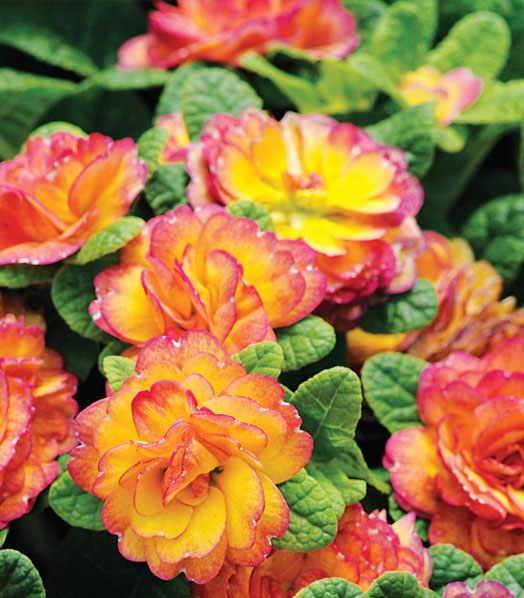
Primula vulgaris ‘Belarina Nectarine’
Zones: 5–9
Size: 6 to 8 inches tall and 10 inches wide
Conditions: Partial shade; moist, rich soil
Native range: Western and Southern Europe
The compact, evergreen rosette of apple green foliage this plant sports is almost completely hidden all spring long by the showy clusters of luscious crimson-blushed golden-orange blooms. Resembling tiny roses, the flowers of Belarina Rosette™ Nectarine primrose are relatively large considering the plant’s stature and are also sweetly fragrant. This charming perennial is delightful at the front of a border, edging a shaded walkway or tucked into a window box or container. To prevent summer dormancy and to keep your plant healthy, be sure this plant receives consistent moisture during drier times.
4. ‘Snowdrift’ evergreen clematis
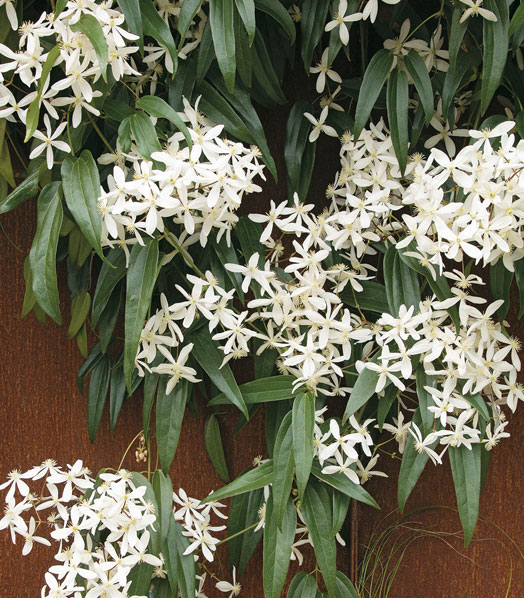
Clematis armandii ‘Snowdrift’
Zones: 7–9
Size: Vining to 20 feet tall and 10 feet wide
Conditions: Partial shade; rich, well-drained soil
Native range: China and Taiwan
This is a vigorous evergreen vine whose large and glossy deep green leaves make the perfect backdrop to the abundant springtime clusters of snow white, star-shaped flowers. Delightfully fragrant throughout the long bloom period, ‘Snowdrift’ is particularly effective twining up and over an arbor or pergola, where the sweet scent and bloom display can best be enjoyed. Pruning isn’t necessary, but it can be done directly after flowering if needed to tidy up or manage its size.
—Fionuala Campion is the owner/manager of Cottage Gardens of Petaluma, California.



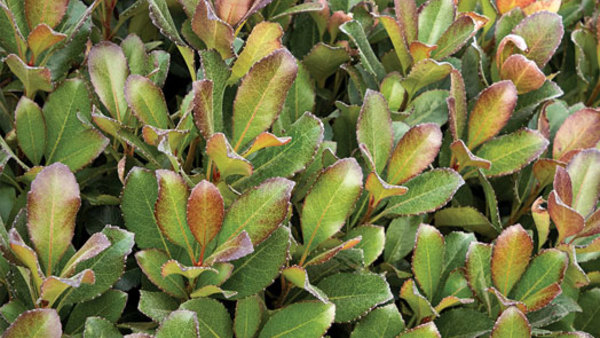
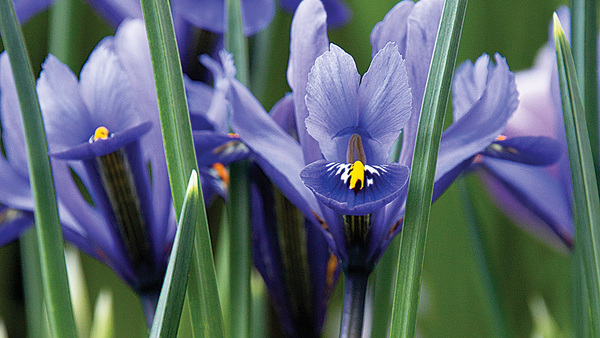
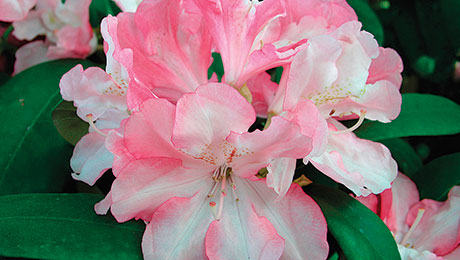












Comments
Log in or create an account to post a comment.
Sign up Log in